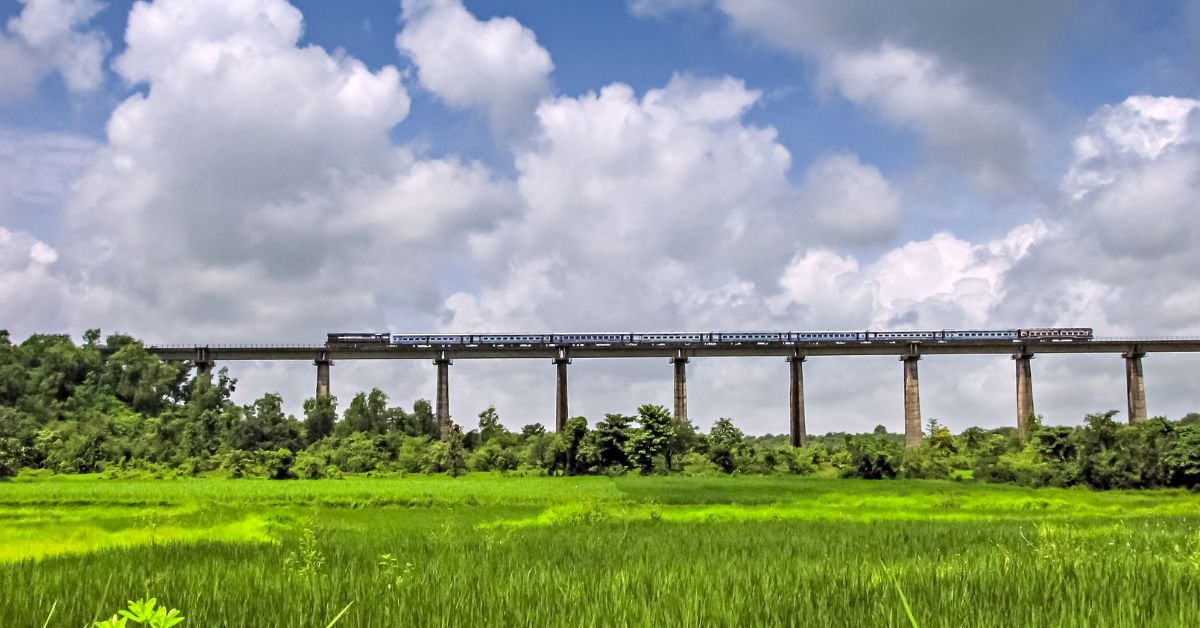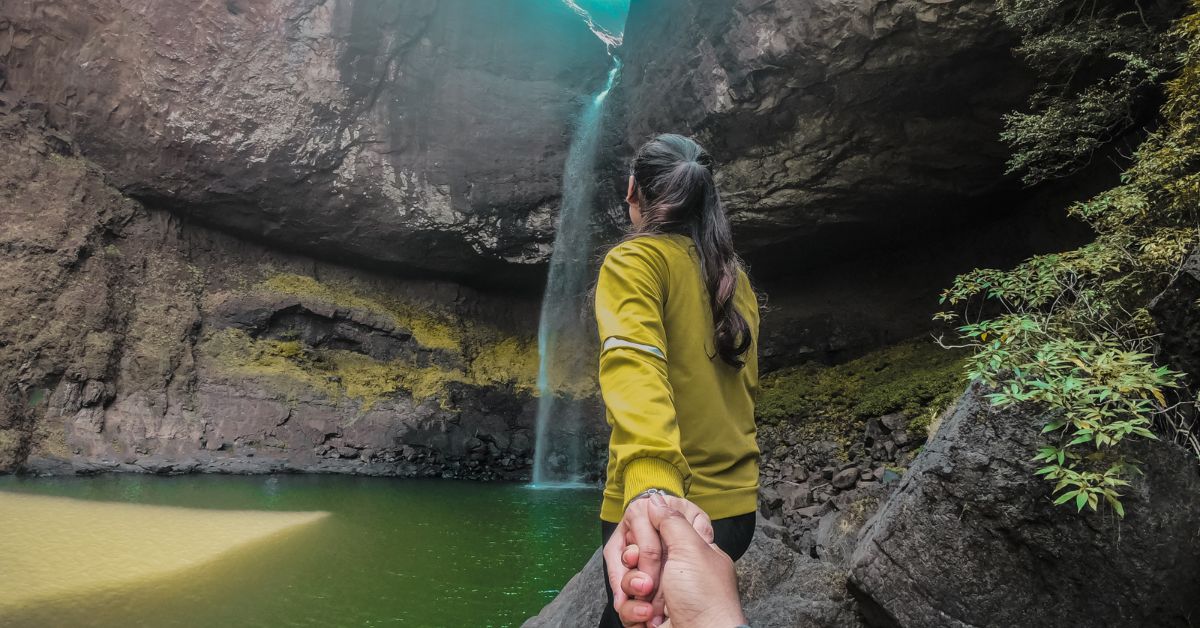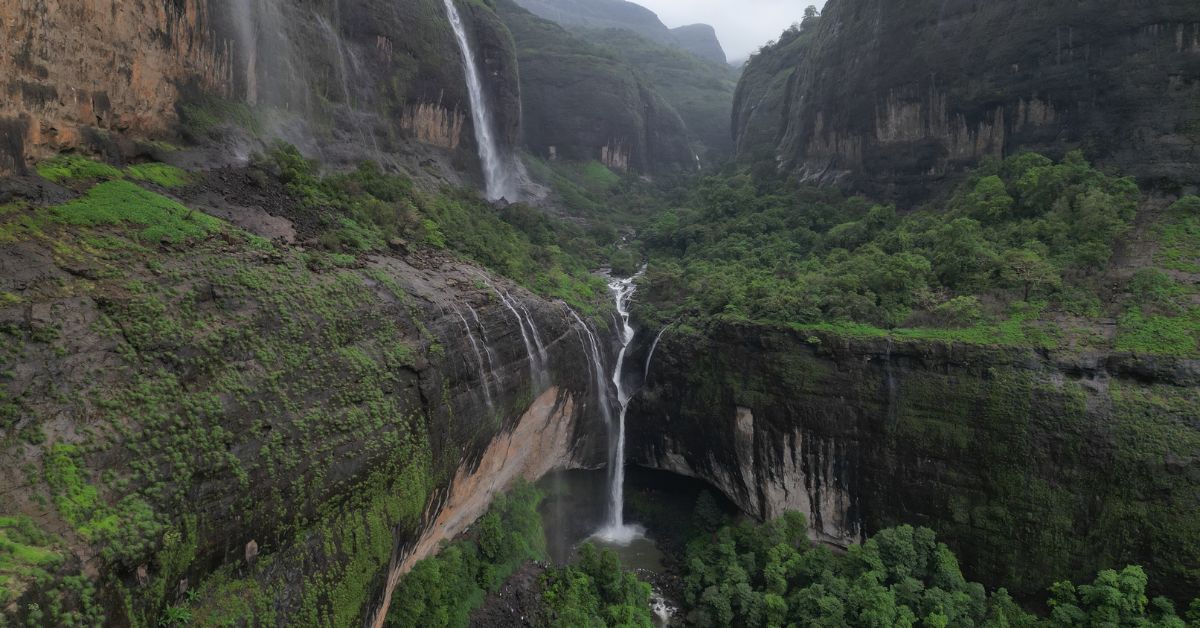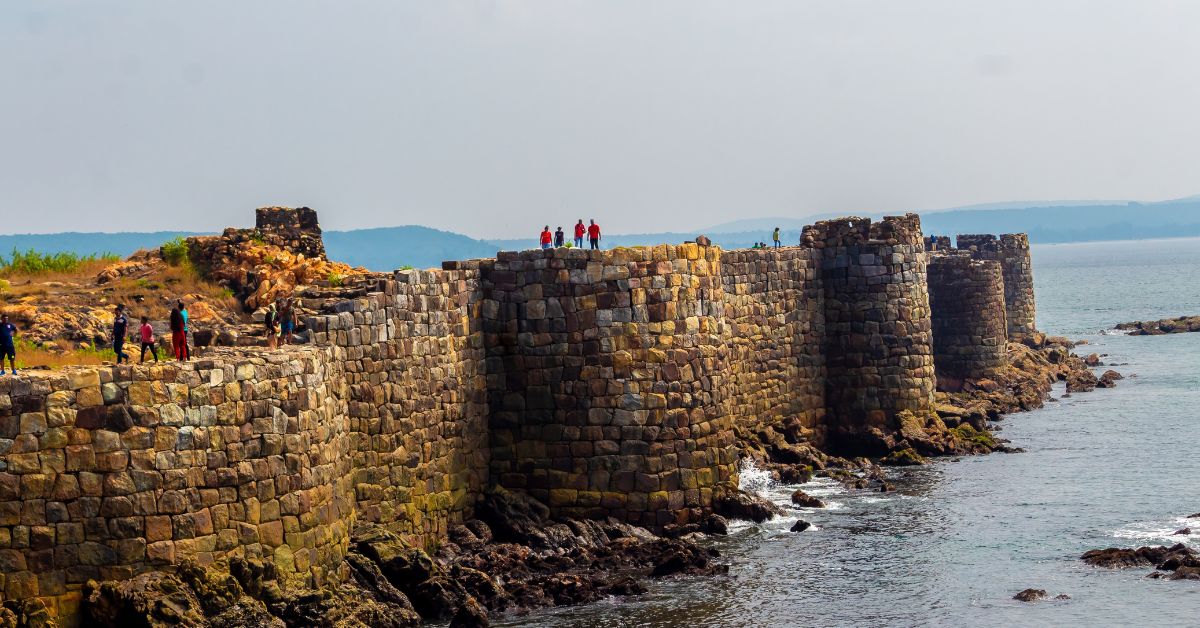How to Experience Konkan Beyond the Beaches This Monsoon: Here’s Your Easy Plan
Image courtesy: Shutterstock (For representational purposes only)
There’s a certain magic in rural Konkan when the clouds gather and the monsoon arrives. Here, time slows down. The rhythm of life isn’t set by alarms or deadlines but by the rising sun, the river’s moods, and the pattern of the rain. Paddy fields shimmer green, forests thicken into emerald walls, and deserted beaches breathe under grey skies.
Imagine waking up to the sound of soft drizzle on a tiled roof, walking barefoot through dew-laced fields, and sharing meals with locals whose lifestyle hasn’t changed in decades. This isn’t a typical weekend getaway — it’s a quiet return to something essential, rooted, and deeply real.
If you’re craving pause and purpose, here’s how Konkan gently reawakens your senses.
Getting there and settling in
Whether you drive down the misty ghat roads from Pune or Mumbai or take the scenic Konkan Railway to stations like Chiplun or Ratnagiri, the journey sets the tone. Rain-speckled windows, coconut palms swaying in the wind, and frequent roadside stops for tapri chai make the travel as fulfilling as the destination.
 Drive down the misty ghat roads from Pune or Mumbai or take the scenic Konkan Railway to stations like Chiplun or Ratnagiri. Image courtesy: Shutterstock (For representational purposes only)
Drive down the misty ghat roads from Pune or Mumbai or take the scenic Konkan Railway to stations like Chiplun or Ratnagiri. Image courtesy: Shutterstock (For representational purposes only)
Most slow-living retreats or homestays here are nestled between sea and forest. Expect simple comforts — terracotta floors, home-cooked meals, and hosts who treat you like family. No rigid schedules, just a slow unfurling of experience.
What to pack for the monsoon
- Lightweight rain gear: A good raincoat or poncho is your best friend. Quick-dry fabrics for clothes ensure comfort in humid air.
- Sturdy footwear: Trekking sandals or rubber boots with grip are ideal for muddy trails and slippery temple steps.
- Dry bag/backpack cover: Protect your electronics and clothes from surprise downpours or waterfall spray.
- Mosquito repellent and essentials: Rain brings beauty — and bugs. Add a flashlight, sunscreen (for those rare sunbursts), and a small towel.
- Swimwear: For waterfall pools or a dip in the hot springs. Also handy if your clothes are soaked and you need a backup.
Explore heritage caves and hidden temples
Trade Google Maps for word-of-mouth suggestions from your host. One such treasure is Kanakeshwar Temple, perched atop a hill and reachable by mossy steps that wind through the mist. Along the way, you’ll pass sculpted stones, ancient banyans, and the occasional langur.
 Explore the rock shelters of laterite caves. Image courtesy: Shutterstock (For representational purposes only)
Explore the rock shelters of laterite caves. Image courtesy: Shutterstock (For representational purposes only)
If caves are more your thing, consider exploring the area’s laterite rock shelters, often overlooked by tourists. These are not places you tick off a list — they’re spaces where you pause and soak in stories left behind by monks, wanderers, and time.
Chasing waterfalls: Monsoon adventures in the forest
One of the defining joys of monsoon in Konkan is waterfall-hopping:
 Paddy fields shimmer green, forests thicken into emerald walls, and deserted beaches breathe under grey skies. Image courtesy: Shutterstock (For representational purposes only)
Paddy fields shimmer green, forests thicken into emerald walls, and deserted beaches breathe under grey skies. Image courtesy: Shutterstock (For representational purposes only)
- Devkund waterfall: A forest-fringed gem, accessed through avtwo to three-hour trail that winds through rice fields and dense jungle. The falls thunder down into a plunge pool. The experience isn’t about swimming — it’s about arriving, wet, wild, and completely present.
- Marleshwar waterfall: Tucked behind a Shiva cave temple, this is a quieter, almost mystical spot. Great for a short trek and spiritual recharge.
Both spots are best visited early, with a local guide, and lots of time to spare.
Crowd-free beaches and timeworn forts
Unlike Goa, the beaches here breathe freely. Head to:
- Tarkarli or Diveagar: Expect long, clean sands, occasional fishing boats, and dramatic cloudscapes. The waves are moody, the winds cool, and there’s not a beach shack in sight.
- Sindhudurg or Ratnadurg forts: Their sea-facing bastions stand weather-worn and regal. No entry queues, no noise — just crashing waves and your footsteps echoing through history.
After a long day, nothing beats a natural hot water soak. These springs — like the ones near Aravali or Unhavare — bubble up with iron-rich warmth, sometimes in the middle of rice fields.
The air steams gently, your limbs loosen, and nearby villagers may offer coconut snacks or casual conversation. It’s not a spa — it’s far better: real, earthy, and rejuvenating.
Live and cook with the locals
This isn’t about culinary tours or cooking classes. In most homestays or tribal-run retreats, you cook with the hosts:
- Malvani cuisine: Spicy coconut-based curries, fried fish, bhakris (local bread) made from rice flour, sol kadhi(a local appetizer drink that helps with digestion). Flavourful, rustic, and made with what the land offers that week.
- Community meals: Everyone chips in. Someone cuts vegetables, another stirs the pot, and someone else fetches herbs from the backyard. You eat under an open veranda as the rain falls around you.
Bonus? You might find yourself dancing around a bonfire if your visit coincides with a local tribal festival.
 Sindhugarh Fort is a historical sea fort located in the Arabian Sea near the Konkan region of Maharashtra in Western India. Image courtesy: Shutterstock (For representational purposes only)
Sindhugarh Fort is a historical sea fort located in the Arabian Sea near the Konkan region of Maharashtra in Western India. Image courtesy: Shutterstock (For representational purposes only)
Wildlife and rainy trail companions
Rain awakens Konkan’s quieter citizens:
- Birds: Kingfishers, egrets, hornbills — all are more active during this season.
- Insects and frogs: The forests sing, and you will get to experience how each puddle holds a ripple of life.
- Marine life: Boat rides in Tarkarli might offer glimpses of dolphins, especially early in the morning.
A weekend itinerary
Day 1
- Morning: Arrive, sip chai, and stroll around the village.
- Afternoon: Hike to a cave or temple with a local guide.
- Evening: Help with cooking, listen to monsoon stories by lantern.
Day 2
- Dawn: Trek to a waterfall.
- Afternoon: Visit the beach and explore a fort.
- Evening: Hot spring soak followed by dinner with the hosts.
Why Konkan isn’t just a trip
In Konkan, you don’t do things — you feel them. You don’t visit; you belong. Each hour feels whole. There’s no checklist to complete, no rush to post online. Here, the land gives slowly, but deeply. You eat what grows. You walk where the rain takes you. You return lighter, not because you’ve escaped the world — but because you remembered how to live in it.
News